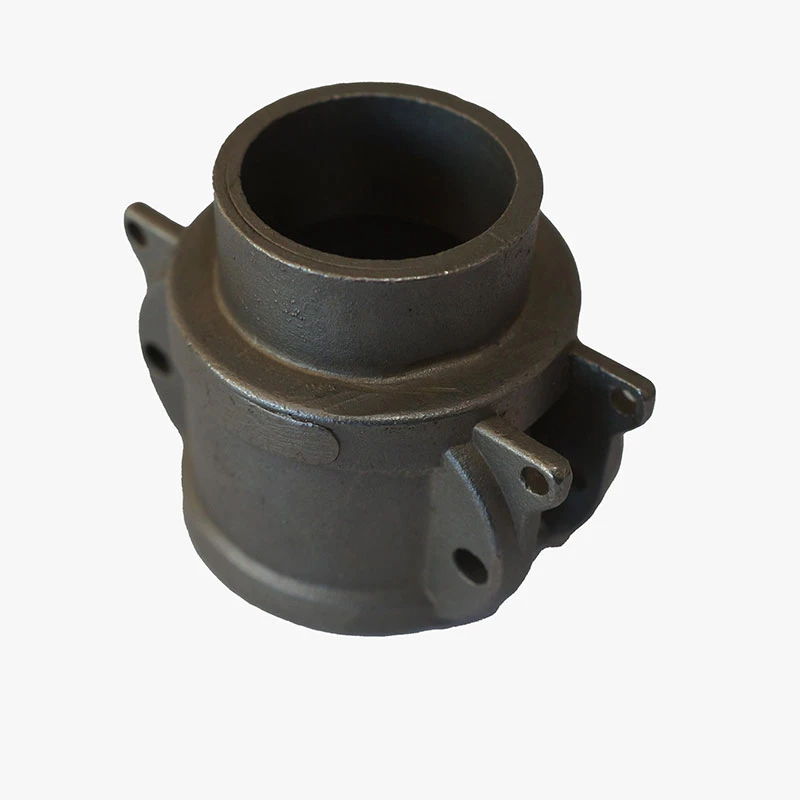advantages and disadvantages of sand casting
Advantages and Disadvantages of Sand Casting
Sand casting is one of the oldest and most widely used manufacturing processes for producing metal parts and components. This technique involves creating a mold out of sand, which is then filled with molten metal to form the desired shape. While sand casting has many advantages that make it a popular choice for various applications, it also comes with its share of disadvantages. This article discusses the key advantages and disadvantages of sand casting.
Advantages of Sand Casting
1. Cost-Effectiveness One of the most significant advantages of sand casting is its low cost, particularly for the creation of molds. The materials used, primarily sand and binders, are relatively inexpensive compared to materials used in other casting processes. This makes sand casting an economical choice for both small and large production runs.
2. Versatility Sand casting can be used to cast a wide variety of metals, including ferrous and non-ferrous metals such as aluminum, bronze, and iron. This versatility allows manufacturers to produce components for different industries, including automotive, aerospace, and construction.
3. Complex Shapes The sand casting process can produce complex geometries that might be challenging to create using other manufacturing methods. The ability to create intricate designs allows for greater design flexibility and innovation in product development.
4. High Tolerance Levels While not as precise as some other casting methods, sand casting can achieve reasonable dimensional tolerances, especially for larger parts. With proper quality control and post-processing, manufacturers can produce components that meet specific requirements.
5. Scalability Sand casting is highly scalable, making it suitable for both prototypes and large-scale manufacturing. As production requirements change, the sand casting process can be easily adapted without significant changes to the equipment or processes.
6. Wide Availability The materials and equipment used in sand casting are widely available, making it accessible to many manufacturers. This widespread availability reduces lead times for production and simplifies the supply chain.
advantages and disadvantages of sand casting

Disadvantages of Sand Casting
1. Surface Finish One of the main drawbacks of sand casting is the surface finish of the final product. The finish is typically coarse, which may require additional machining or surface treatment to achieve a smoother finish. This can add to the overall manufacturing time and cost.
2. Porosity Sand castings can be prone to porosity, which are small holes or voids within the metal. This porosity can weaken the final product and affect its mechanical properties. Manufacturers must control the casting process carefully to minimize this issue.
3. Time-Consuming The sand casting process can be slower compared to other manufacturing methods, especially for larger production runs. The time required to create molds and allow the cast metal to cool can lead to longer lead times.
4. Labor Intensive The sand casting process often requires a significant amount of manual labor, particularly in the mold-making phase. This labor intensity can be a disadvantage in terms of labor costs and may also impact production efficiency.
5. Limitations in Size and Weight While sand casting is capable of producing large parts, there are still practical limits on the size and weight of the components that can be cast. As the size of the part increases, so do the challenges associated with handling and transporting the mold and finished product.
6. Environmental Concerns The sand casting process can have environmental impacts, particularly concerning dust generation and waste materials. Sand must be reclaimed and reused, and the binders used in the sand can have harmful effects if not managed properly.
Conclusion
Sand casting offers a range of advantages and disadvantages that manufacturers must carefully consider when selecting a casting process for their production needs. Its cost-effectiveness, versatility, and ability to create complex shapes make it an attractive option for many applications. However, potential downsides, such as surface finish quality, porosity, and labor intensity, must also be addressed. By understanding both the advantages and disadvantages of sand casting, manufacturers can make informed decisions that align with their production goals and market demands.
-
OEM Sand Cast Pump Valve Fittings - Baoding Hairun | Precision Engineering, CustomizableNewsJul.30,2025
-
OEM Sand Cast Pump Valve Fittings - Baoding Hairun Machinery And Equipment Trading Co., Ltd.NewsJul.30,2025
-
OEM Sand Cast Pump Valve Fittings - Baoding Hairun Machinery And Equipment Trading Co., Ltd.NewsJul.30,2025
-
OEM Sand Cast Pump Valve Fittings - Baoding Hairun Machinery|Precision Engineering&Fluid ControlNewsJul.30,2025
-
OEM Sand Cast Pump Valve Fittings - Baoding Hairun Machinery And Equipment Trading Co., Ltd.NewsJul.30,2025
-
OEM Sand Cast Pump Valve Fittings-Baoding Hairun Machinery And Equipment Trading Co., Ltd.NewsJul.30,2025















